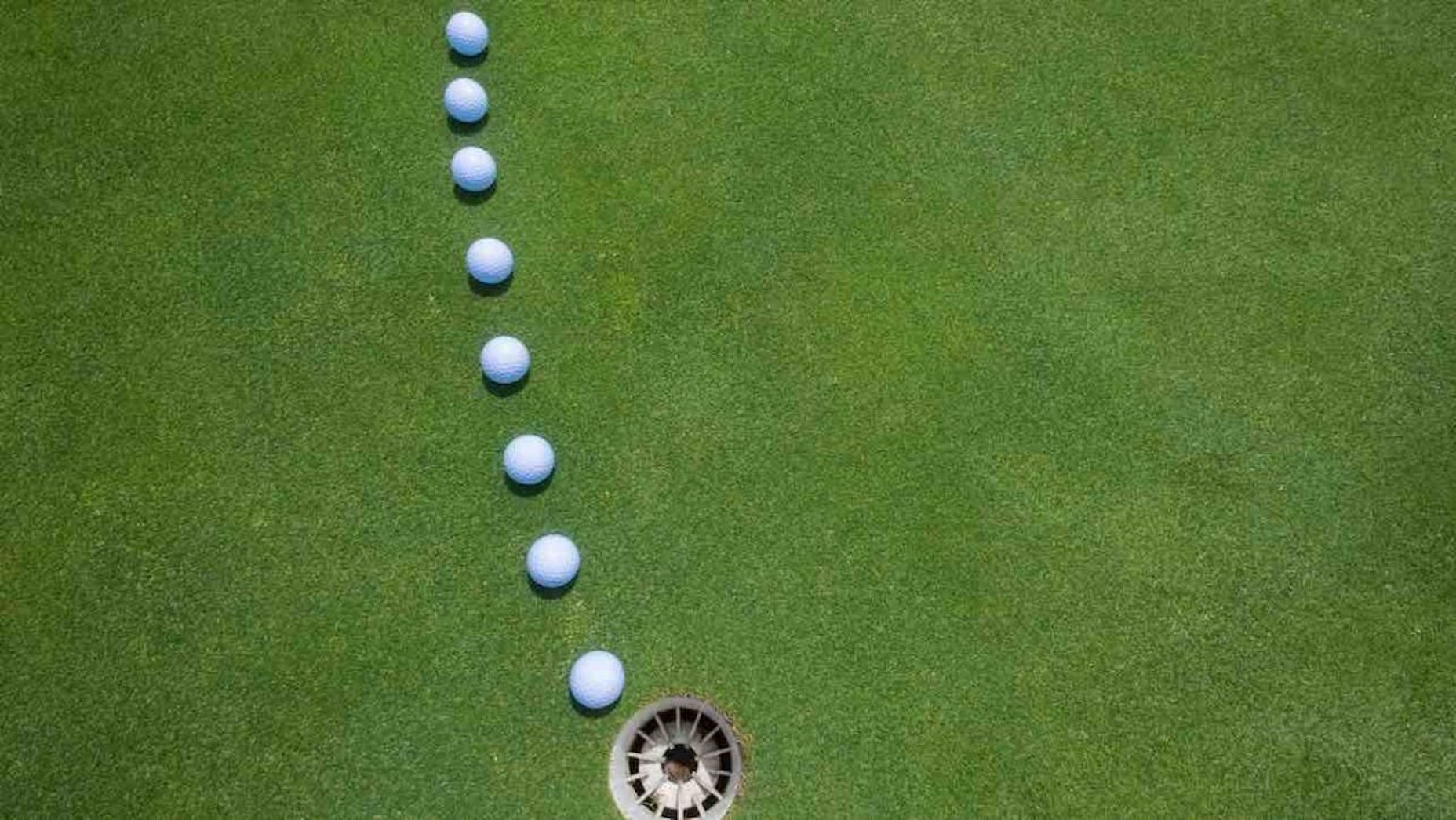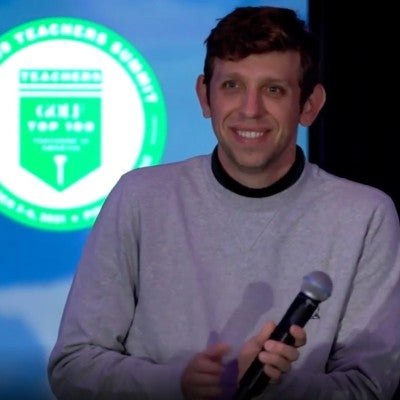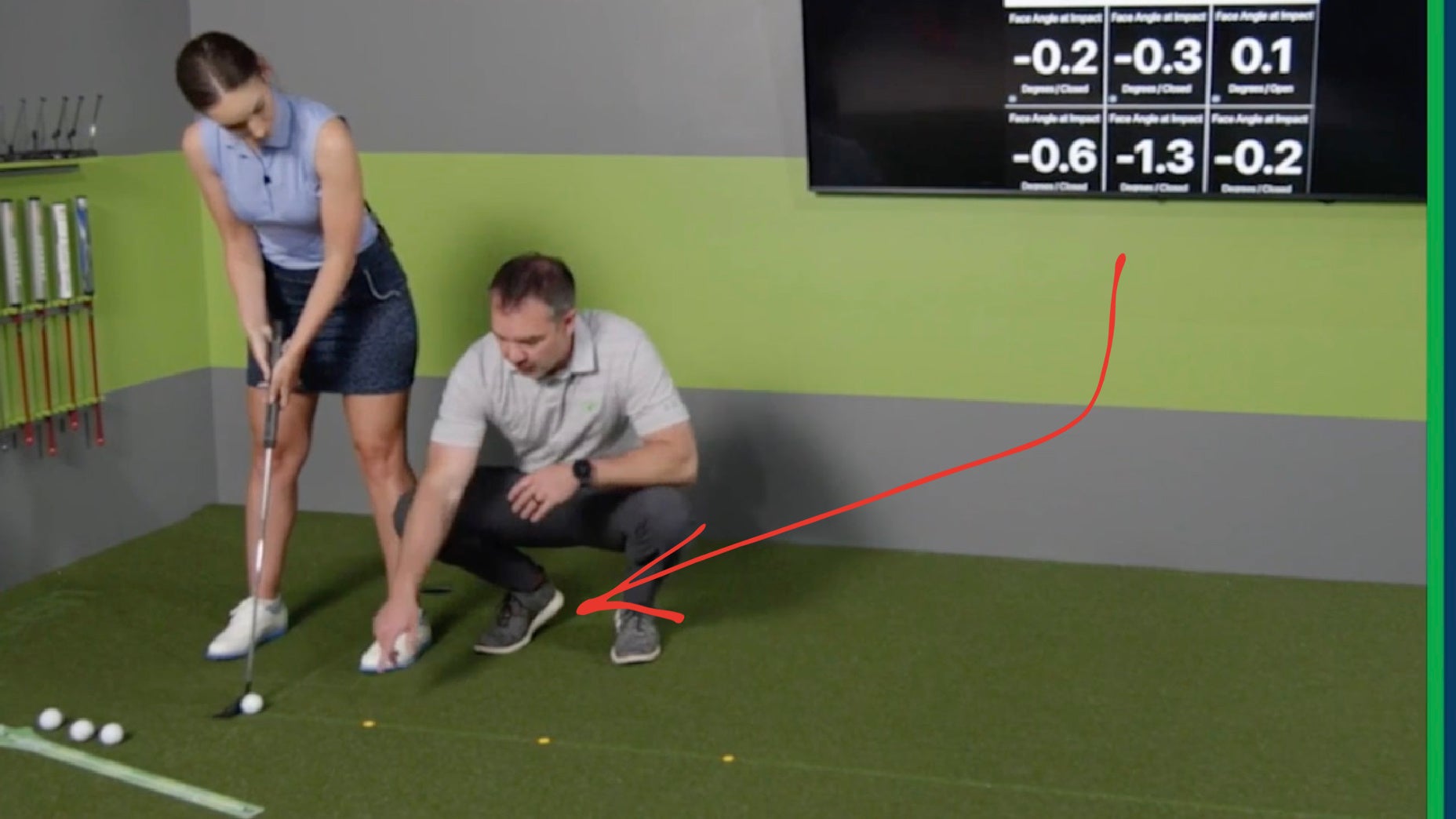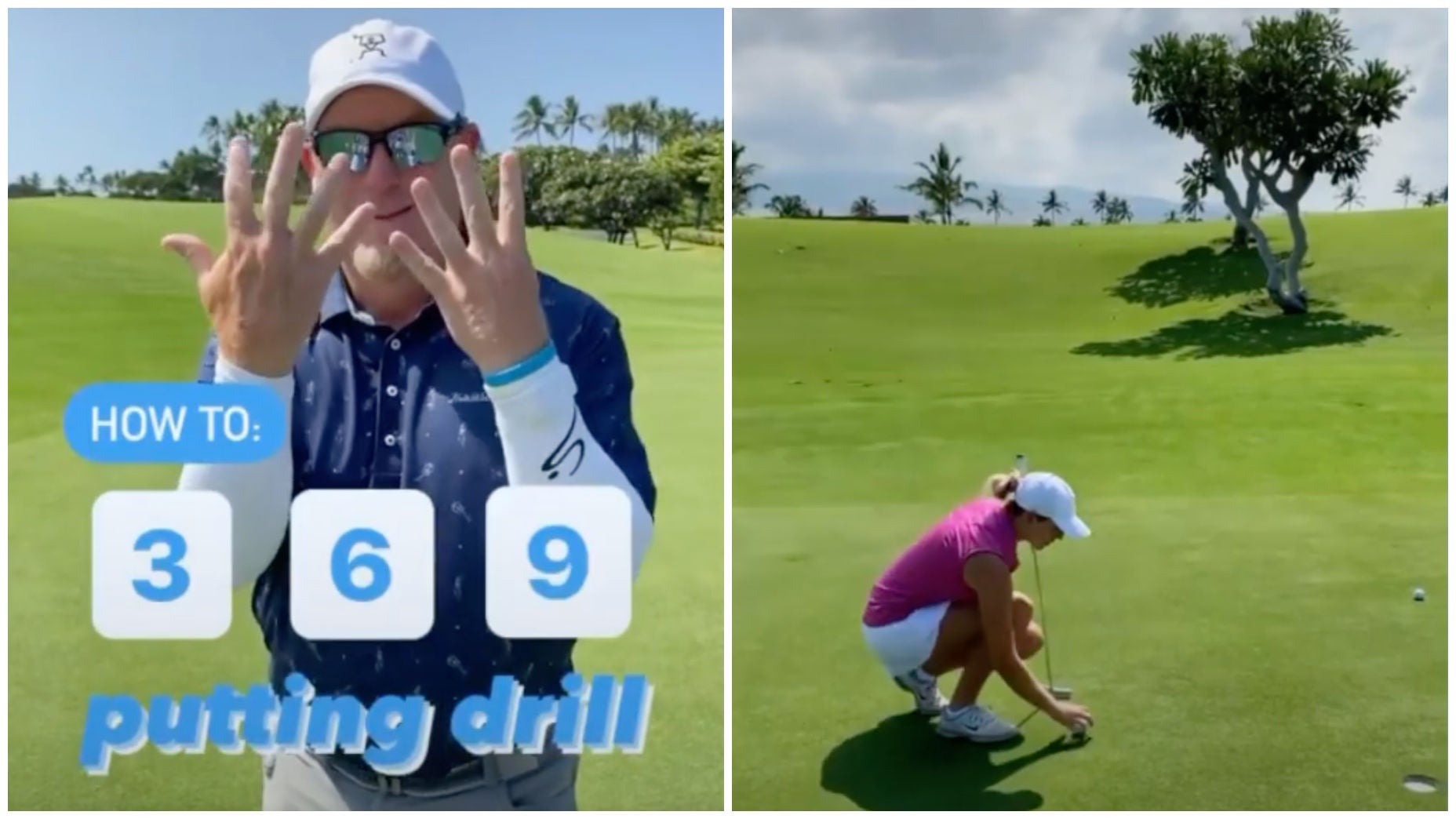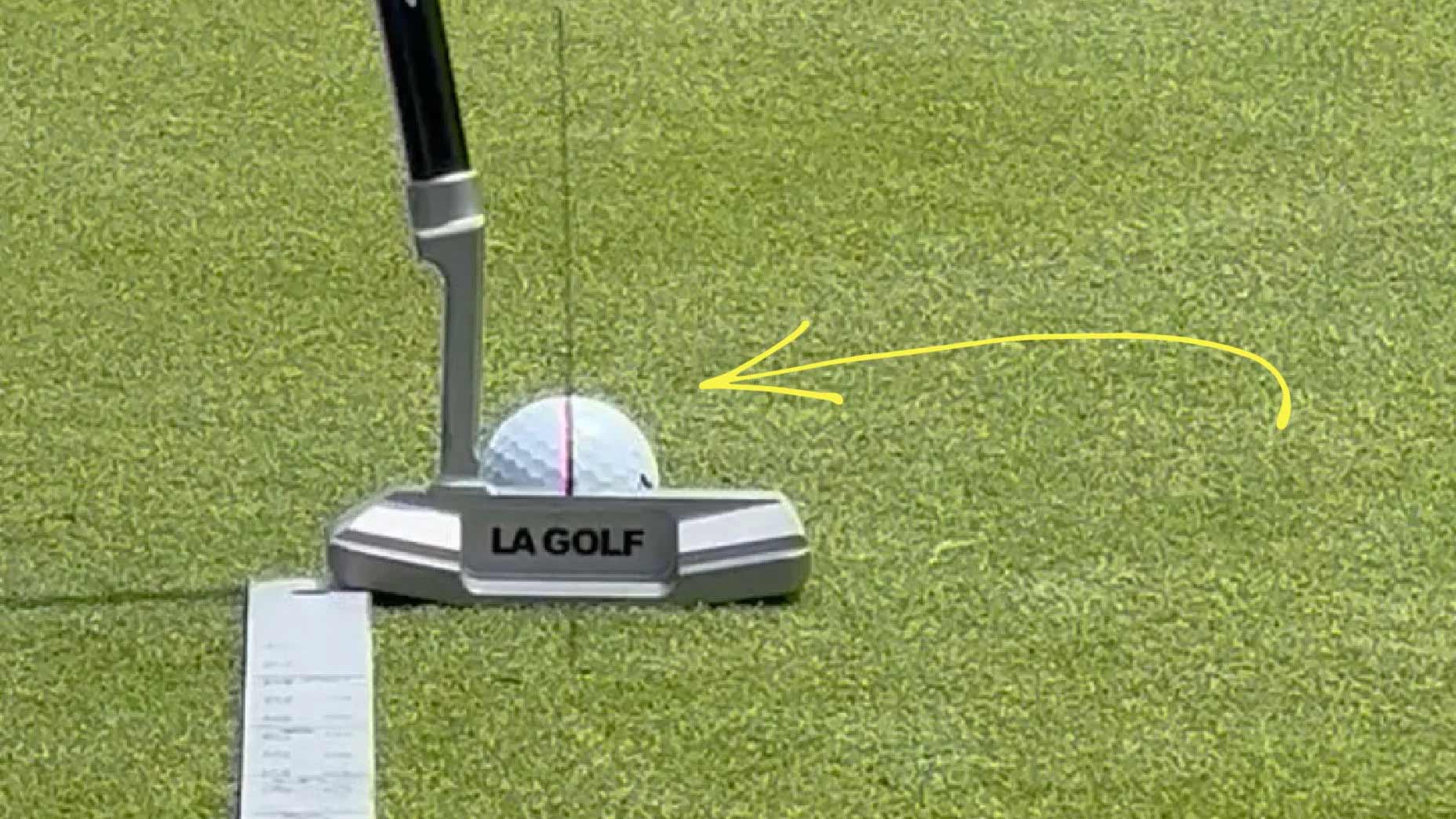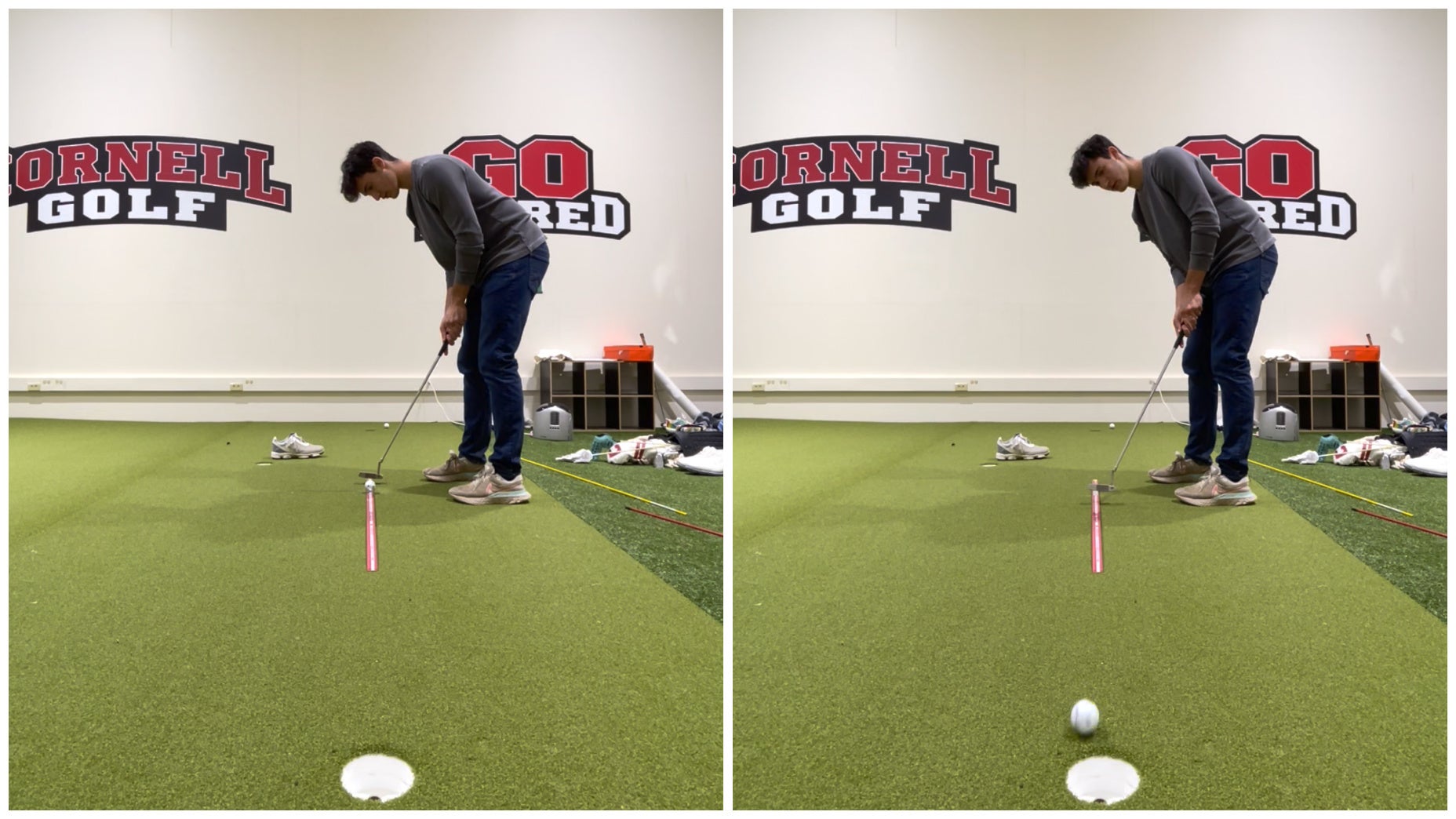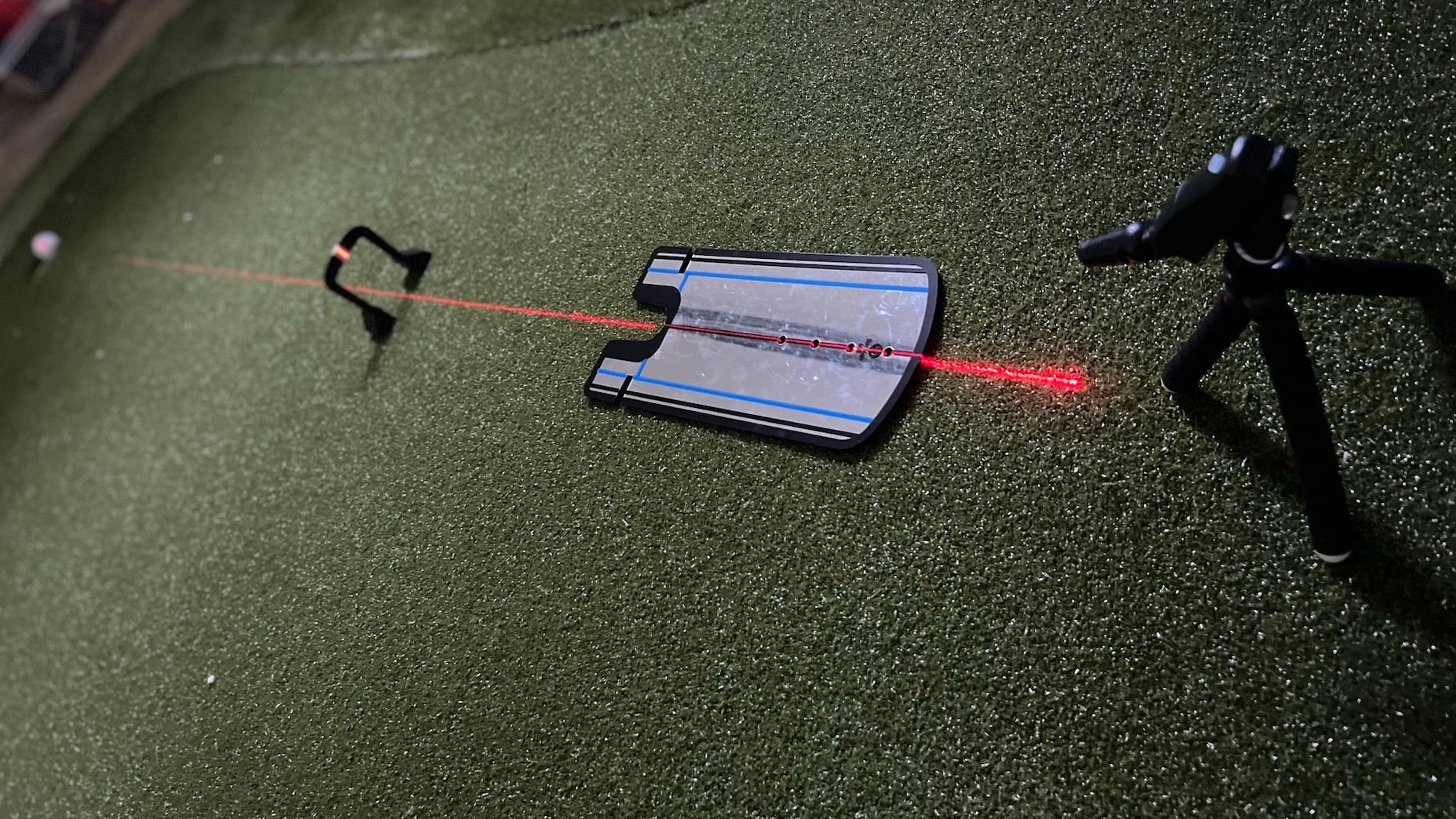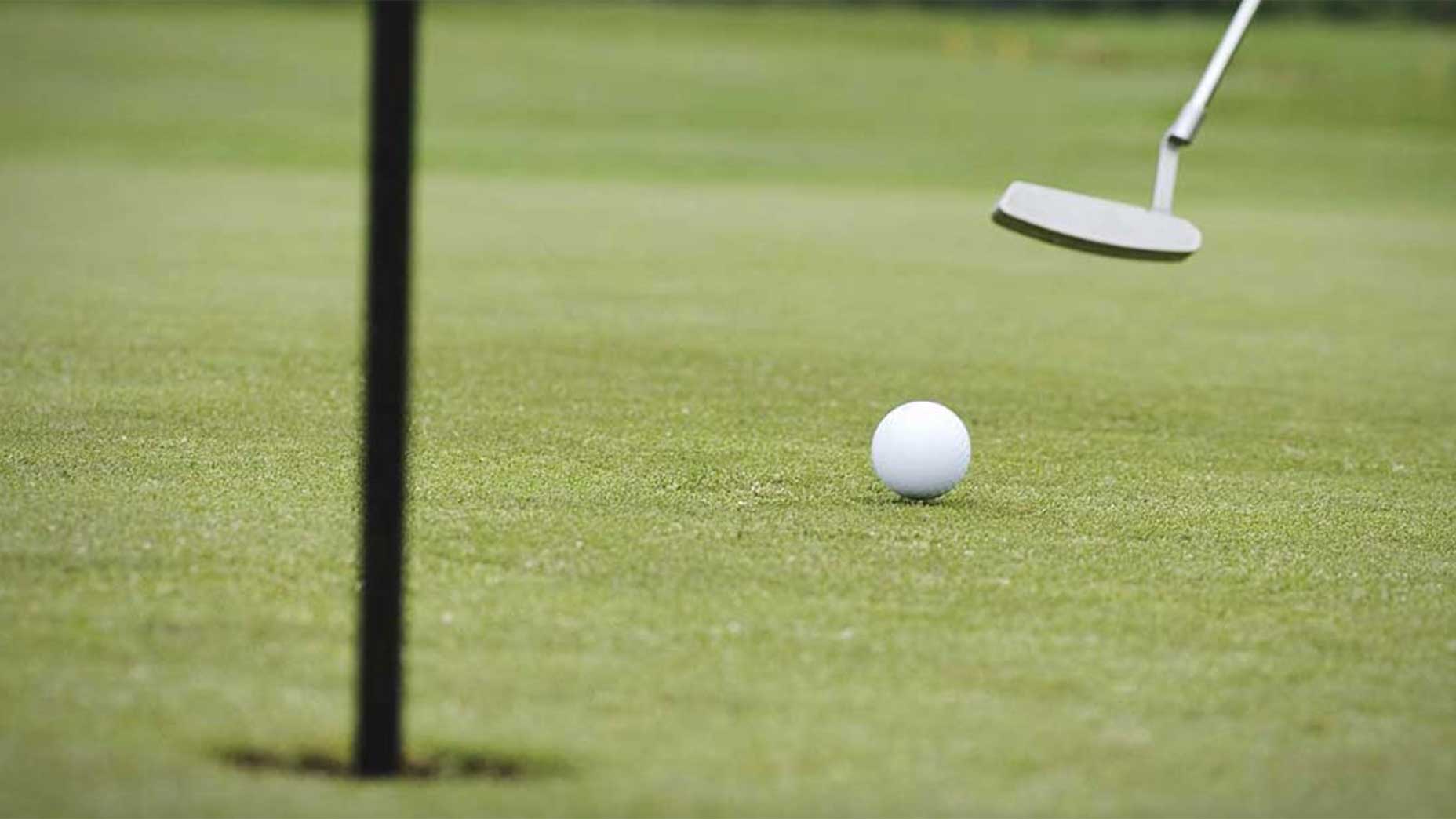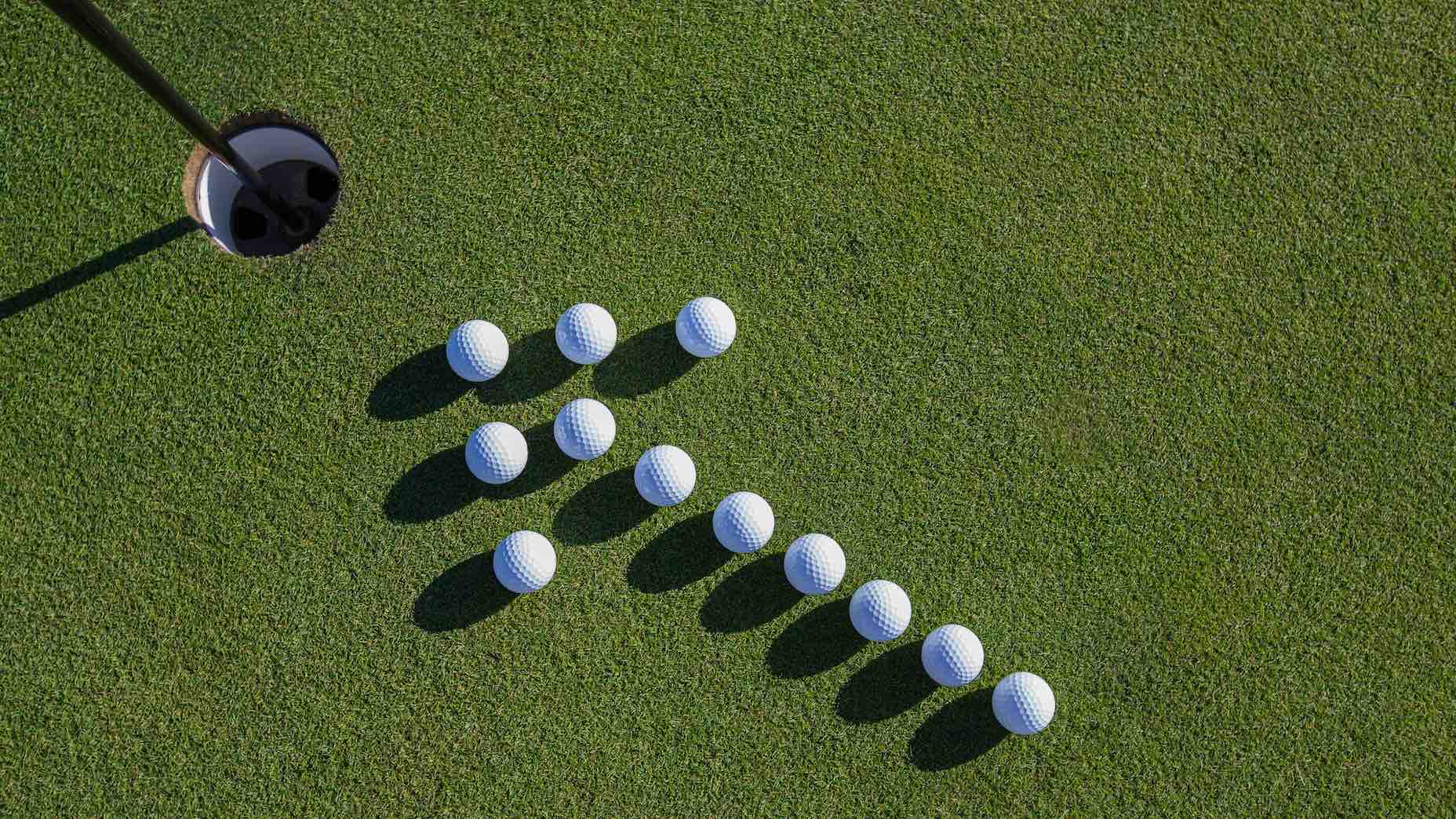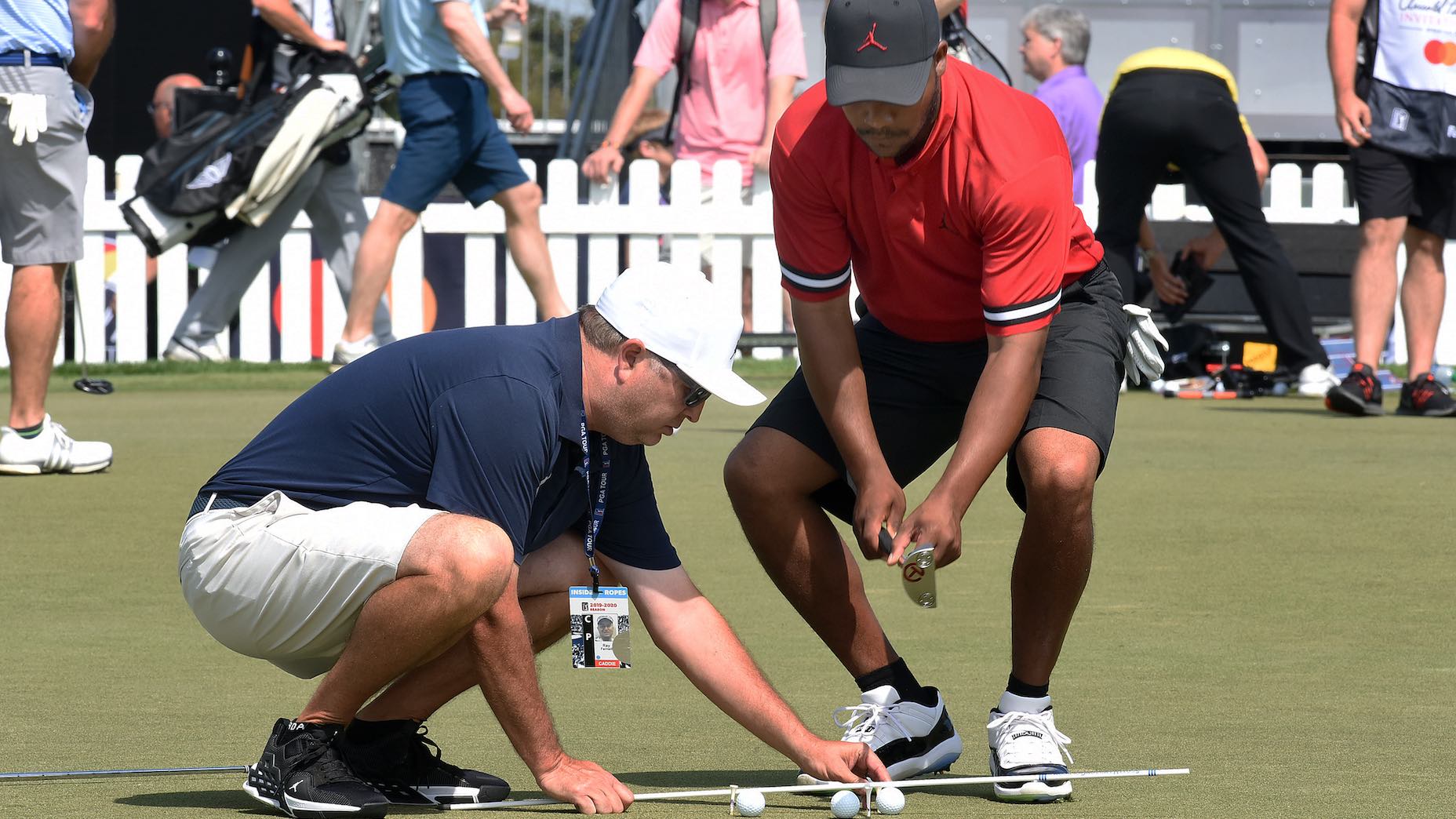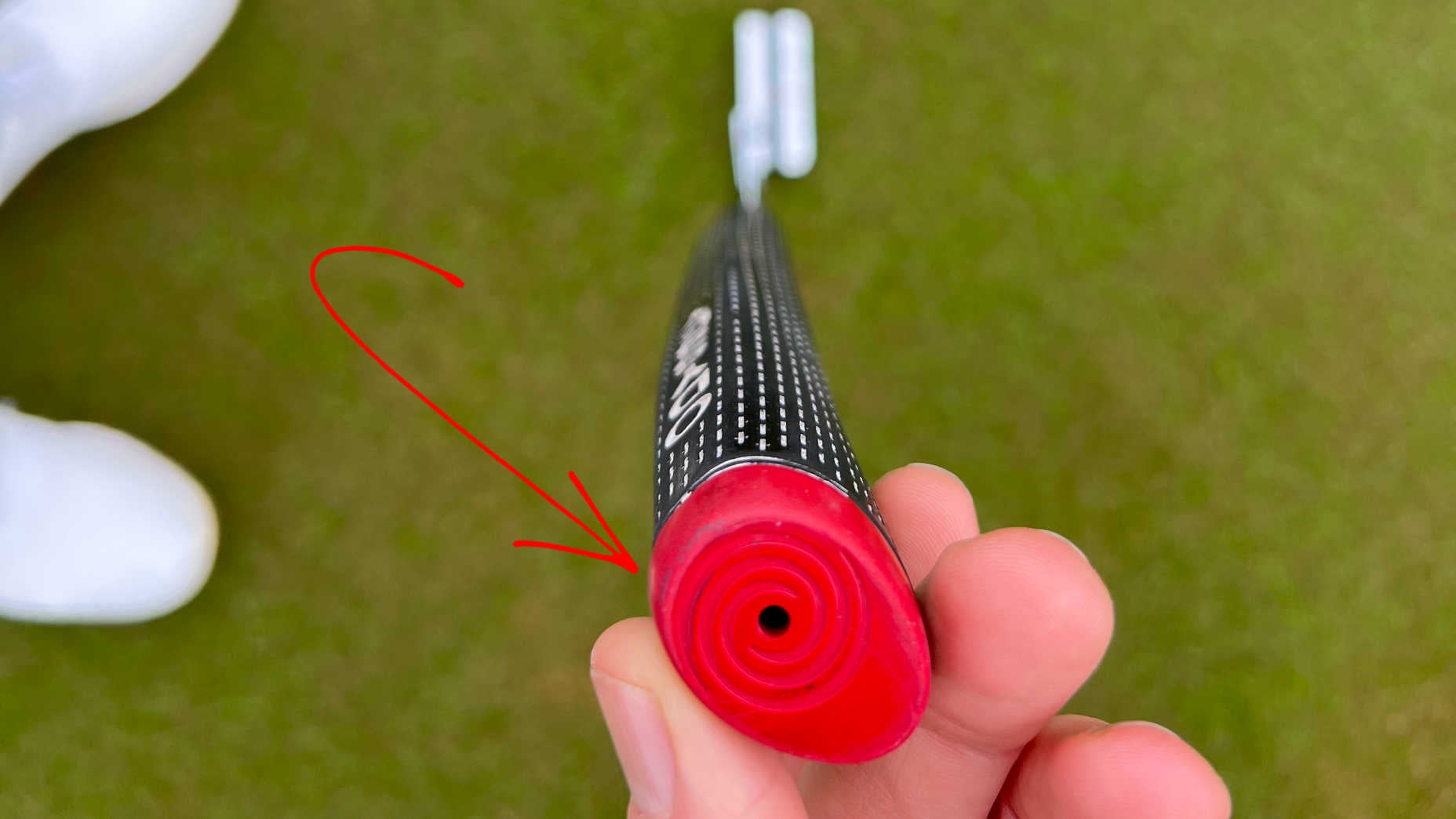There are lots of ways to roll your ball into the hole. Unfortunately, there are lots of ways to not roll your ball into the hole. But generally speaking, there are two main ways golfers visualize their ball going into the hole. Whether you realize it or not, you probably employ one of them. The good news is that there have been lots of golfers who have succeeded doing both. It doesn’t matter which technique you use, it matters that you know which technique you use, so you can set about perfecting it.
With that in mind…
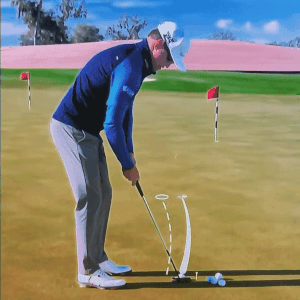
1. You see a curved line
When they’re sizing up the hole, many golfers see a curved line starting at their ball and breaking into the hole, like you hear Zach Johnson talking about in this video (and demonstrating above). Though there’s no hard-and-fast rule, players who see a curved line breaking into the hole generally prefer to read putts by focusing on where the ball will enter the hole, rather than the line it will start on.
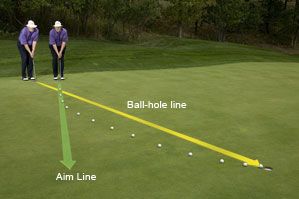
2. You see a straight line
Others envision a straight line extending down the start line of the putt they’re about to hit, as you see teacher Dave Pelz demonstrating above. Golfers who do this will generally experience success using the line on their golf ball. The big thing golfers who visualize putts like this need to remember is that they can tend to under-read putts, as Pelz explains. This is because while you may be visualizing a straight line, the ball won’t travel along that straight line. As soon as you hit the ball, the ball will start curving off of it, so make sure to factor that in as you’re reading putts.
